Sacred Geometry for Artists, Dreamers, and Philosophers: Secrets of Harmonic Creation
$15.91
| Author(s) | |
|---|---|
| Format |
|
| Pages |
413 |
| Published Date |
2018 |
Sacred Geometry for Artists, Dreamers, and Philosophers An illustrated guide to harmonics–the sacred geometry principles that underlie the natural world–and its practical applications. This book Demonstrates how the vesica piscis is a matrix from which ideas and forms emanate, connecting cosmic time cycles, measures of space, and musical tones. It Provides harmonic analyses of ancient sculpture, architecture, the solar system, the Earth-Moon relationship, and the structure of water and waves. Also Explains how to apply sacred geometry to create building floor plans, pottery figures, gardens, and sacred ceremonial spaces.
Introduction:
WE ARE IN THE MIDST OF A REVIVAL of an ancient way of looking at the world as an interlocking system of harmonious numbers. The revelations that result from this perception awaken feelings of wonder in those who care about such things. Why should it surprise us that this is the way things are? Marie-Louise von Franz writes in Number and Time:
We have long known that numbers did not always possess the dry-as-dust abstract quality that characterizes them today. Formerly they were not only something “godlike” but possessed—curiously enough—an all-embracing significance. They did not divide but united two worlds.
When we begin to see in this way it becomes clear that the concept of a meaningless universe in which evolution proceeds blindly from random event to random event is a delusion. This new way of seeing is really very old. It has been called harmonics, which includes the disciplines of number, geometry, music, and cosmology—the quadrivium of the ancient mystery schools. Of great importance to the ancients was the discovery of the numerical ratios that were the basis of musical intervals.
While musicians had intuitively employed these ratios since the beginnings of their art, the practitioners of the harmonic arts realized that such intervals could also be obtained through the integral divisions of the musical string. This discovery of a numerical basis for sensory experience was the beginning of exact science. This science of sound as embodied in the musical scales became the foundation of a musical-numerical conception of nature, which included ideas as diverse as astronomical cycles and the nature of the human soul. The art of geometry was part of this exploration since it could visually portray numbers, just as music could portray them through sound.
In the process of their geometric work it became apparent to the harmonicists that the generated forms had symbolic qualities—that is, they could somehow awaken perceptions about higher realities. For example, the circle seemed to have an affinity with universal cycles and with the infinite, and the square with the earthly and the finite. Thus the circle-in-the-square could represent the human being who was seen as an earthly vessel containing a divine essence. This symbolic character of geometry provides a simple way of contemplating complex ideas and processes, and as such it became an indispensable foundation in the training of both artists and philosophers in the ancient world.
Contents:
- The Field of Harmony
- The Geometry of Time
- Moon and Earth
- The Temple of Water
- Musical Vessels
- The Spiraling Octave
- Harmonic Structures
- The Circle of Resonance
- The Musical Universe
- The Tree of Time
- The Cosmic Flower
Sacred Geometry for Artists, Dreamers, and Philosophers: Secrets of Harmonic Creation By John Oscar Lieben pdf
11 reviews for Sacred Geometry for Artists, Dreamers, and Philosophers: Secrets of Harmonic Creation
Clear filtersOnly logged in customers who have purchased this product may leave a review.

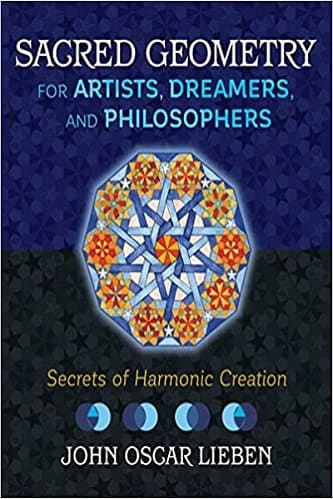
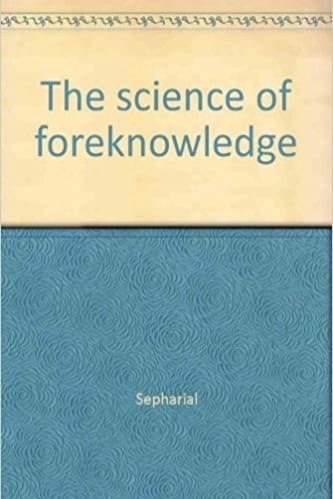
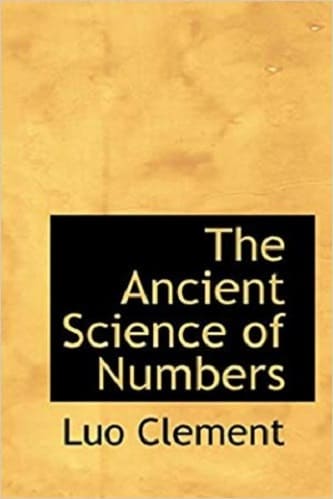


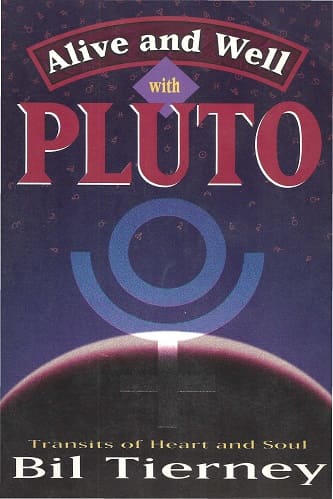
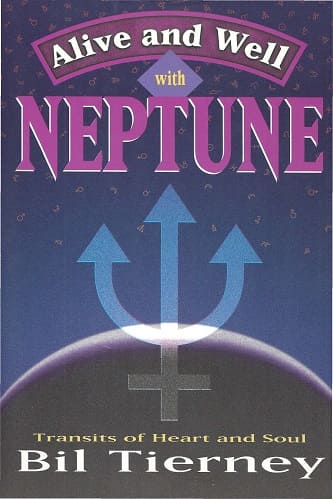
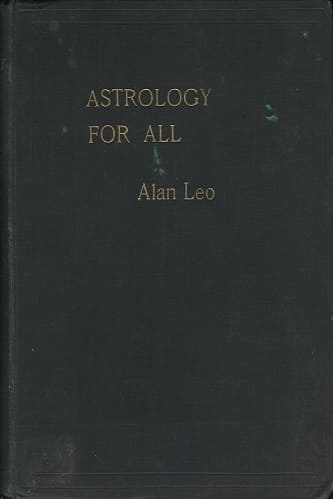
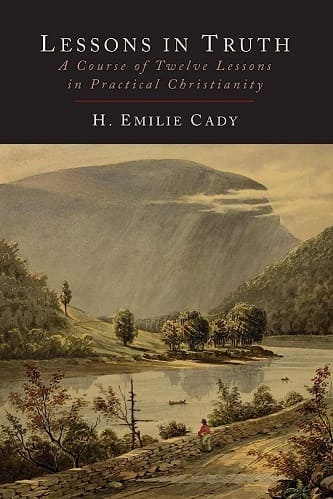
Violeta Jaramillo (verified owner) –
I am enjoying this book and I hope to create art that’s a bit more harmonious in structure and form. Something pleasing for the eye, brain, heart…. Anyway, now, about the book:
I find it a bit of a stretch when the author, who is theoretically applying geometry to measurements, uses dubious rounding up or down of numbers to suit his purposes of harmonics and astrology. For instance, the earth takes 366 days to rotate the sun…. No, it’s actually 365 days 5 hours 59 minutes 16 seconds. 5 hours is a lot less than 24h, so conveniently rounding up to 366 is incorrect. That’s only every 4 years on a leap year. Next he rounds up the Moon’s diameter to 2,160miles from 2,158.8…. the same length as a precessional year of 2,160 (we are currently in the Age of Aquarius, a precessional year). So he is basically creating these coincidences to prove a point. I guess it is very easy to choose the point you’re trying to defend and conveniently create the proof (even if you have to fudge it, apparently). That’s not how Maths works!!!! If the proof doesn’t hold up, then you are not quite right, are you. Then he conveniently rounds up other numbers to the nearest 3 decimal points.
But other than that annoying flaw, I am interested in building up patterns using a compass and straight edge and the harmony in doing that without the numbers, so that’s quite interesting.
If you’re a Scientist, or Mathematician, you will probably want to burn this book. Also, you probably won’t need it. If you’re an artist, then it’s interesting.
Edit: ok, there’s a lot of Maths here because the author thought “hey, if I add lots of Maths, it will look legit” except it made something that could be interesting dull, the Maths, as I mentioned, doesn’t hold. It’s like creative accounting. If you did what the author did in Economics or Finance, it would be considered tax evasion!
I think what I am m really annoyed at is the fact that there is a beauty to the precision in Maths, which is why there are formulas to solve nearly everything. I recently had to help a student with a Trigonometry problem and we also realised there were 3 (maybe 4) ways of solving this one problem. No matter how we did it, we always come up with the exact same answer. I then explained that this was how we proved whether or not something was correct. In other words, rounding up numbers for convenience sake is not Maths! Anyway, enough finding plot holes….
Morgan Abbott (verified owner) –
I’m still at the early stages of reading this book but am already finding it fascinating. It relates musical tones, time and space to numerical values and ratios revealing a hidden dimension to our lives.
Nellie Durham (verified owner) –
Wonderful!!
Bowen Barron (verified owner) –
This is a great book for the average truth seeker, providing one of several keys for unlocking the mysteries of Cosmic Unity. It has immense practical value as Lieben walks you through the various “Vesica-Tone Constructions” which you can create yourself and I would highly recommend creating these for yourself for maximum benefit (I used the free software Geogebra). You can draw them as well with a compass.
Some of the subjects Lieben touches upon: various Earth-Moon tonal relationships, the harmonics that are integrated into the Mayan calendar, the knowledge of harmony exhibited by the ancient builders of their structures, the numerical relationships between the Earth and Moon existing beyond the solar system, step-by-step instructions for creating your own harmonic ceremonial chambers/structures, and more.
There is a great wealth of information here which can reveal a deeper significance to true seekers. If you are a student of the ancient wisdom, I recommend this work.
Kai Phelps (verified owner) –
It’s very detailed and instructive, but I found it to be over my head technically. I am a bead artist who wants to understand patterns.
Riggs Sweeney (verified owner) –
Outstanding content for creatives.
Yara Tanner (verified owner) –
Is this a book for Artists, Dreamers, and Philosophers? Not really, unless they have some decent math background.
I’m comparing this book to Patterns of Eternity, about the starcut diagram, because they are both contemporary sacred geometry books with a particular gimic that is a discovery/rediscovery of the author.
I am about half way through and have not really found the magic of this gimmick, the variable sized vesicas and equating them to harmonics. There is a lot of gee whiz around commmon sacred geometry stuff like relations of planets and music, but that material can be encountered elsewhere.
Comparing this to the gimmick of the starcut diagram– something that you can easily remember and use in the field, well, no comparison. This one feels a bit forced.
It is an interesting idea, exploring different sized vesicas and their harmonic relationships, but there is too much other stuff in this book and not enough different interesting things done with the vesicas for my satisfaction.
Kellen Gould (verified owner) –
Lovely cover & illustrations. I scanned through the first couple chapters, is definitely not easy to grasp right of the bat. Will need to set time aside to really delve into it to see whether or not the information presented is useful.
Laney Ferguson (verified owner) –
Great
Anya Castillo (verified owner) –
I am an artist and I love this books as inspiration and to get more in deep knowledge on Mandala Art
Bruno Ryan (verified owner) –
HIGHLY RECOMMEND!! There are a lot of helpful graphics that, to me, explain the theory behind “harmonics”. As a residential architect & kinda musician this is the book I would recommend to anyone interested in, especially if you are new, to understand sacred geometry & harmonic balance. This is the kind of book that you will read a passage or chapter & sit and think about it for a while. I have really enjoyed that aspect of the book. If you think you would like it I am fairly confident in saying you would.